Cognitive Behavioral Play Therapy for Kids: How It Works
WHAT IS PLAY THERAPY?
CBPT integrates cognitive and behavioral techinques into a play therapy paradigm . Playful activity, as well as non-verbal forms of verbal communication, promote thedevelopment of problem-solving skills.
Play Therapy for children
Therefore, the CBPT proposes a conceptual framework based on the principles of cognitive behavioral therapy, tailored to the child’s developmental level, and it is an evidence-based treatment
The design of specific play therapy interventions for young children facilitates their direct involvement in therapy. The psychotherapist helps children access a form of psychotherapy that may otherwise be unavailable to them by providing these developmental interventions.
Through CBPT, it is possible to learn more adaptive coping skills and offer structured and goal-oriented activities. It also creates a space for the child to freely contribute during the session and effectively express their experiences.
HELPING CHILDREN IS OUR MISSION
We are a group of Italian and American scholars studyng Cognitive Behavioral Therapy (CBT) techniques and the use of Play Therapy during child developmental. We have come together to spread the practice, training and research on Cognitive-Behavioral Play Therapy.
Dr. Susan Knell (1993) developed the approach by modifying adult CBT principles for children and combining CBT techniques with play therapy. She combined play with adaptive thoughts and behaviors to help children develop effective coping strategies for dealing with problems. Read more…
DISCOVER THE EFFECTIVENESS OF
COGNITIVE BEHAVIORAL PLAY THERAPY
Cognitive behavioral play therapy has been used with preschool and school-aged children with a wide range of diagnoses, such as selective mutism (Knell, 1993b), anxiety and phobias (Knell, 1993a, Knell & Dasari, 2006), encopresis (Knell & Moore, 1990; Knell, 1993a), those who have experienced traumatic life events, such as abuse, emotional dysregulation (Geraci, 2021), Asperger’s, OCD, etc.
This can be expressed by six specific characteristics:
1. Involves the child in therapy through play. The child is an active participant and the problems of resistance and lack of compliance can be more easily addressed. In addition, the therapist can address the child’s problems directly, rather than through a parent or significant adult.
2. Focuses on the child’s thoughts, feelings, fantasies and environment.
3. Proposes a strategy, or strategies, for the development of adaptive thoughts and behaviors that can help the child deal with situations and feelings. In fact, the positive outcome of the therapy provides that
the child will become able to replace maladaptive modalities, and to cope with events with more adaptive approaches.
4. It is a structured, directive and goal-oriented therapy rather than open- ended. The therapist works with the child and the family to set goals and helps them work towards achieving the set goals.
5. It emphasizes the use of empirically demonstrated techniques: one of the most important and utilized techniques is that of modeling (implemented for example by the therapist through the use of puppets and dolls). This, in fact, responds to the need for concrete and non-verbal demonstrations, particularly when addressing children of preschool age.
6. CBPT allows empirical control of treatment.
Finally, the CBPT interventions are adapted to the developmental age of the child, that which are part of cognitive-behavioral therapy (CBT) interventions.
So, in Cognitive Behavioral Play Therapy (CBPT), play is used as a means of communicating and teaching evidence-based techniques to children aged 3 to 8, indirectly and engagingly.
Goals of Play Therapy
Cognitive Behavioral Play Therapy uses CBT techniques in a fun setting, involving children in the process of change and problem-solving.
The therapy model combines cognitive and behavioral theories, using evidence-based techniques in play therapy (Knell, 1993; Geraci, 2022).


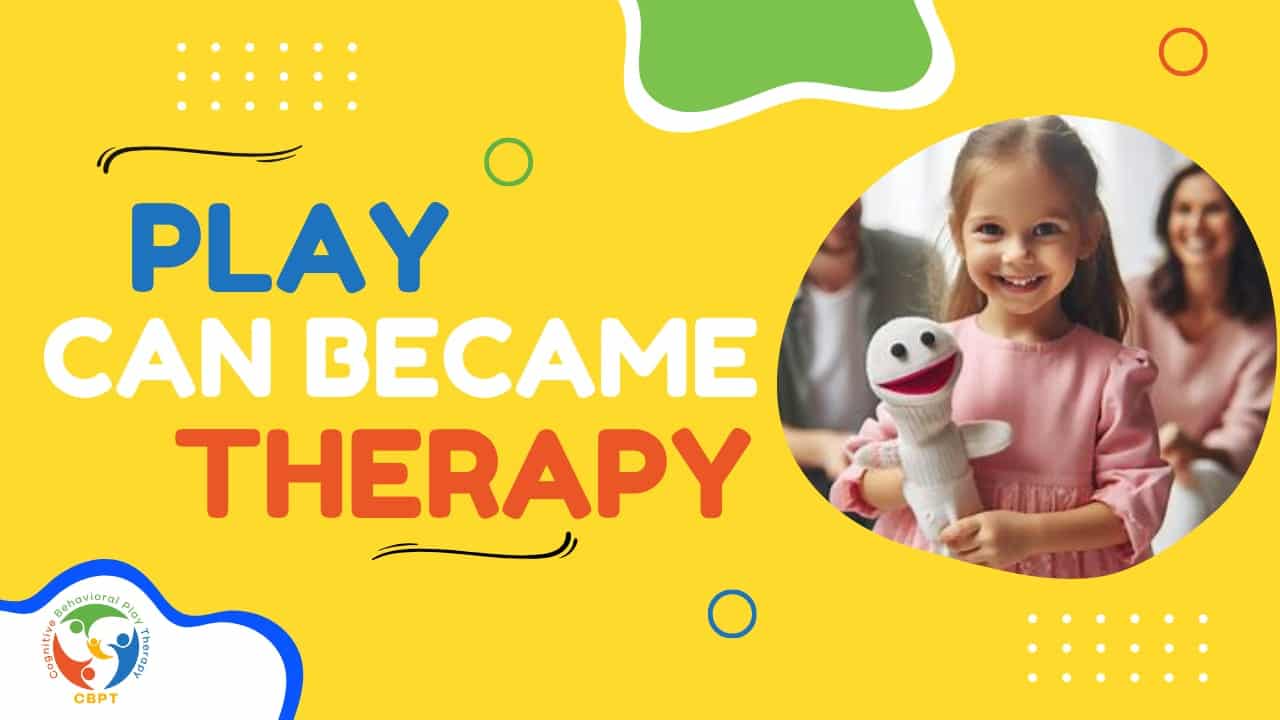
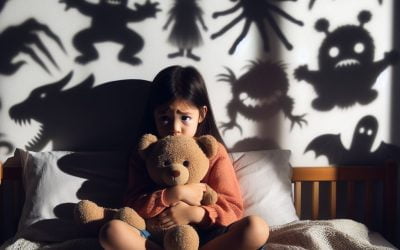
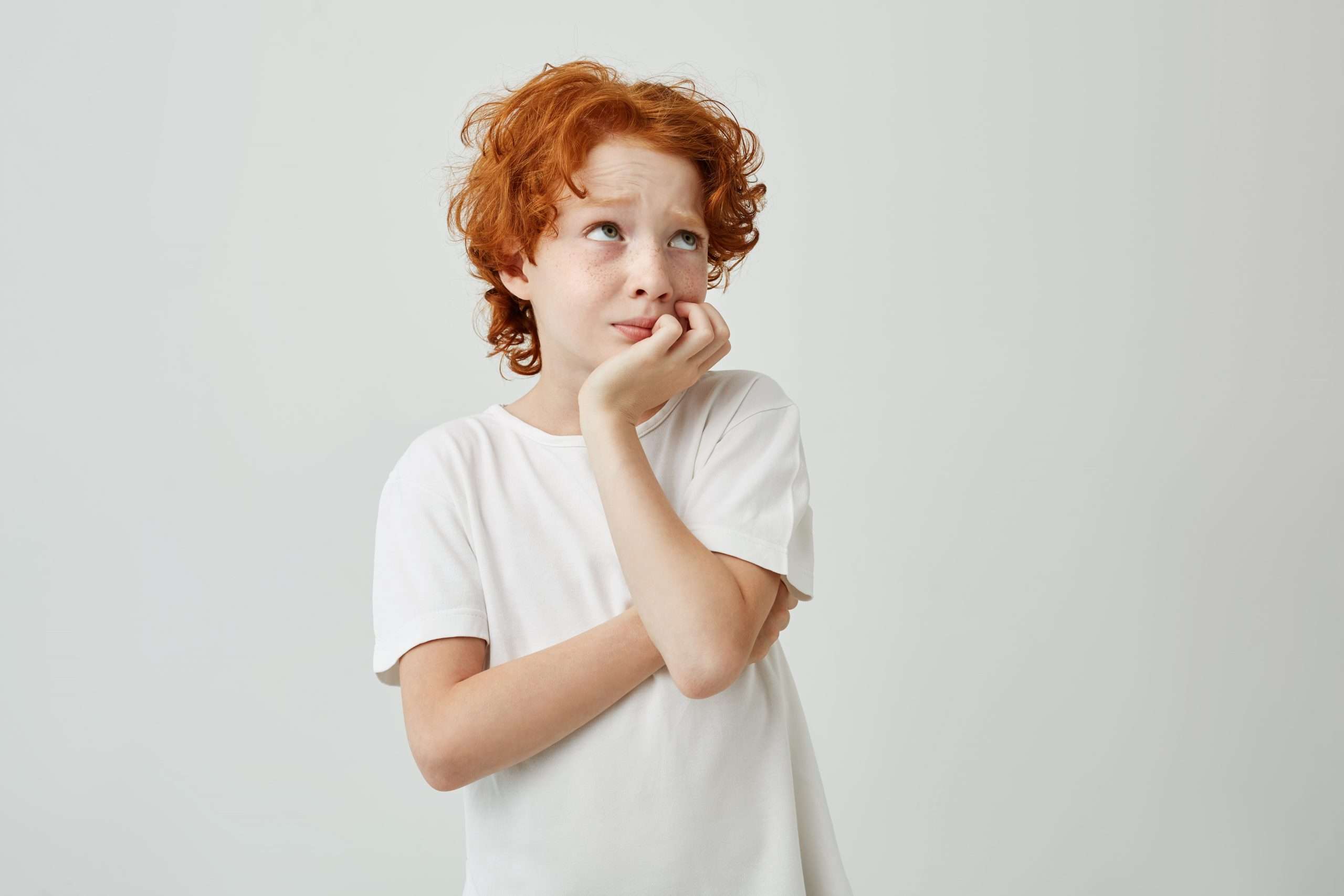

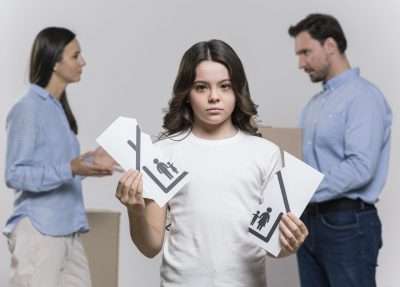
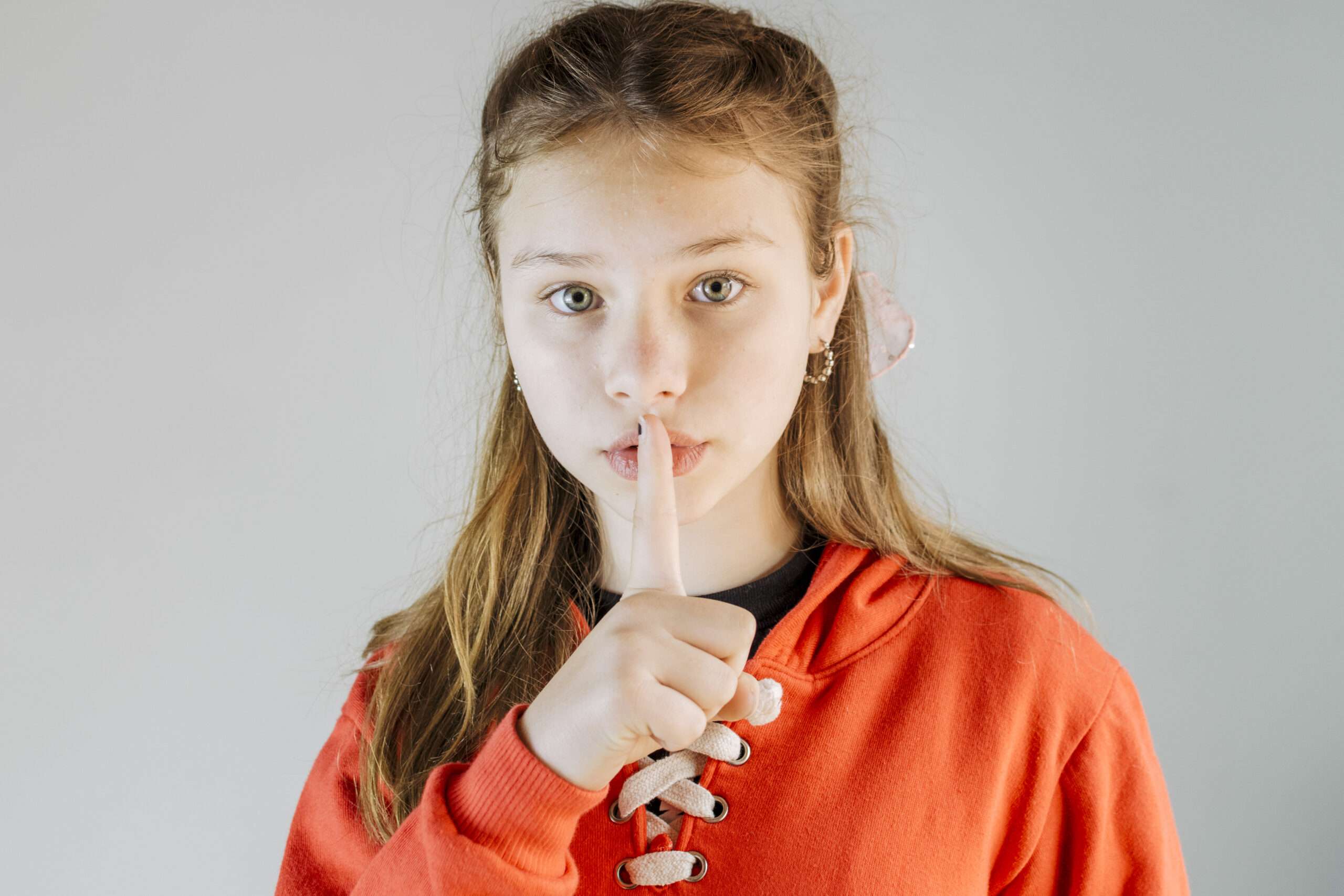
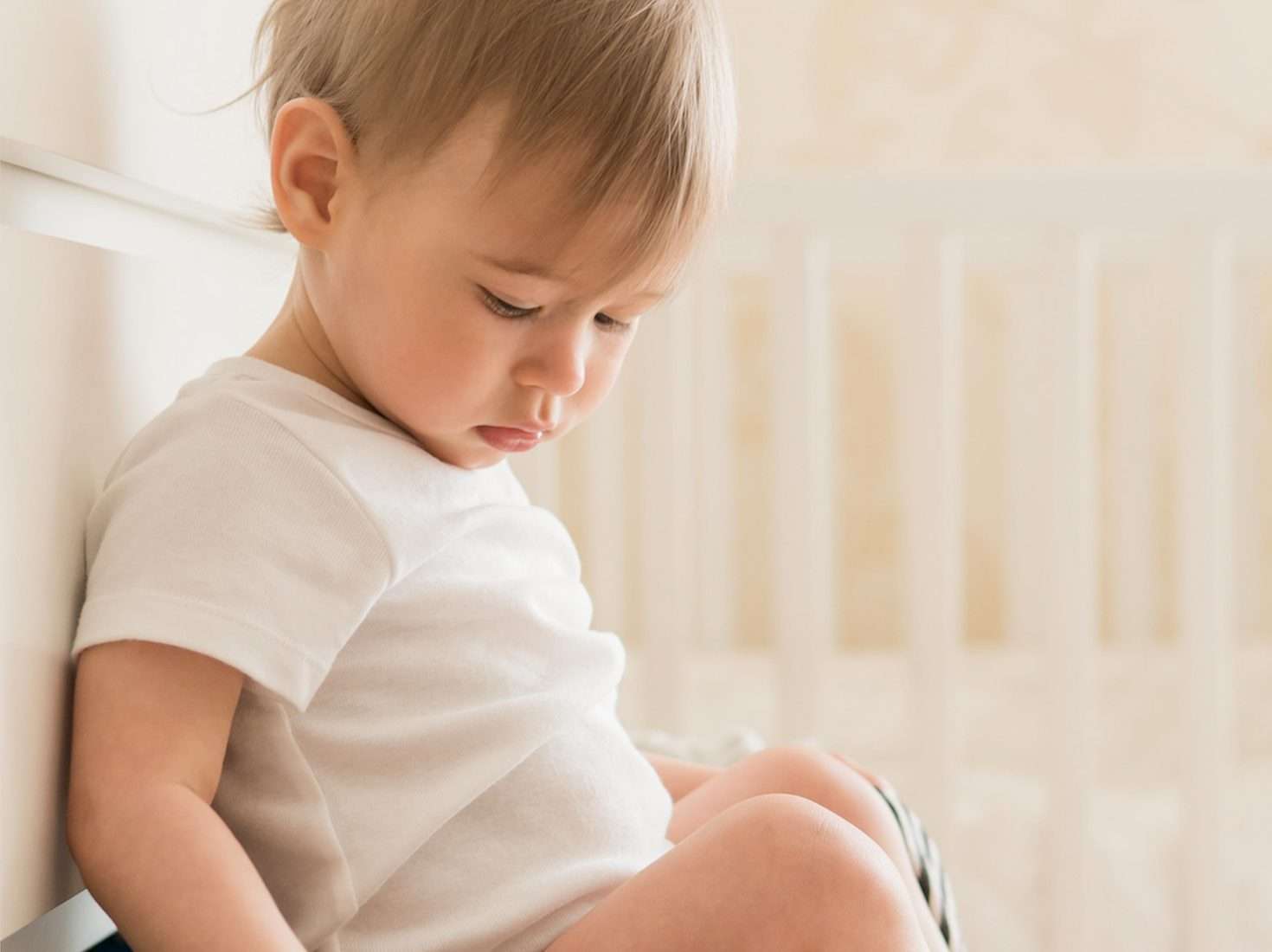

DOWNLOAD OUR FREE E-BOOK OF CBPT
Thank you for signing up! Check your email for download your free E-book and enjoy it. If you don't see an email from info@cbpt.org check the spam!